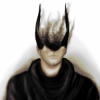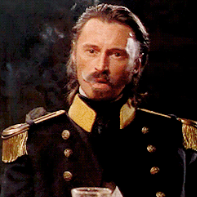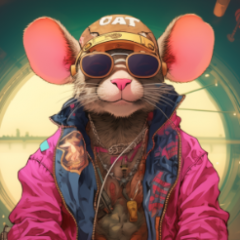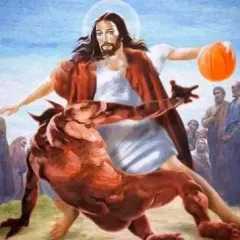-
Popular Topics
-
Topics
-
Recent Status Updates
-
Options
Options
-
Okay so which of the Musin named their place after an ASMR Youtuber. I won't snitch, promise
No Recent Status Updates -
Options





.jpg.0e874c05c09cddabe93b4e6bace18f3a.thumb.jpg.264699986aa5930c292aaf19836912bf.jpg)







Recommended Posts